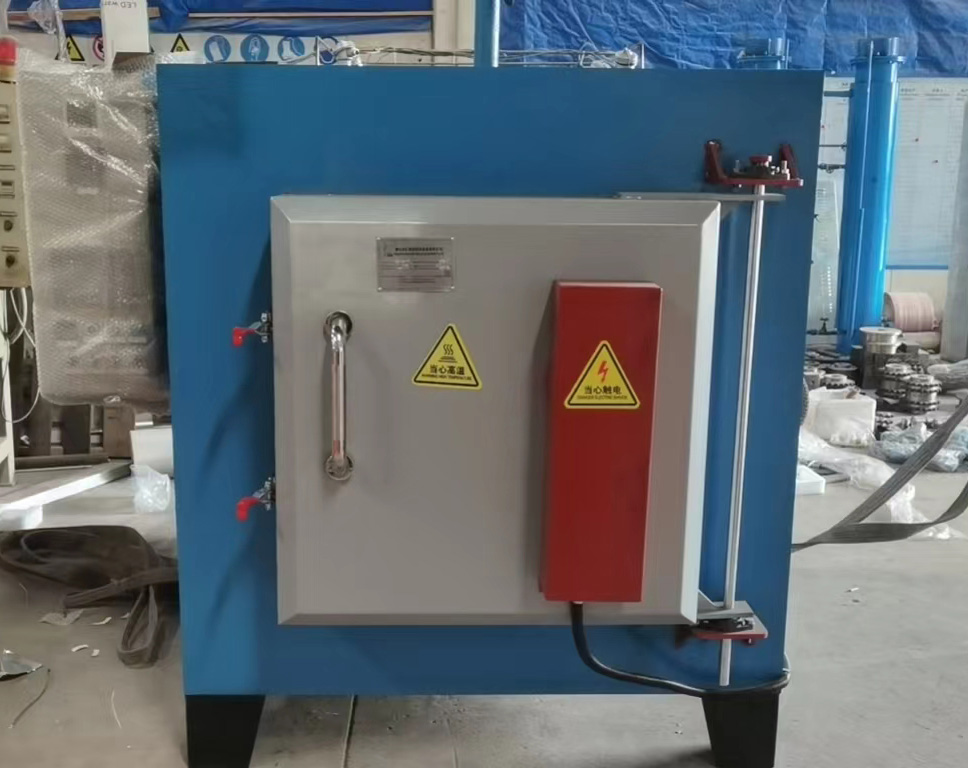Repeatable times of quenching and tempering
Aug. 12, 2024
Currently, there are often cases of repeated quenching. If the first quenching fails or the tempering is excessive, re-quenching or tempering is required. Repeated quenching is prone to quenching cracks because it accumulates quenching stress and coarsens the grain size, leading to increased quenching tendency. This, in turn, increases the chances of deformation and quenching cracks.According to JIS, the repetition of heat treatment (actually quenching) is limited to twice (as stipulated in JIS G0303 General Rules for Inspection, Re-testing of Mechanical Properties), including the initial quenching, making a total of three times.As for tempering, there is no limit on the number of times, as long as the required hardness or strength is achieved.
If annealing is performed between quenching processes, it's a different scenario. When quenching is repeated without intermediate annealing (or process annealing) during the quenching process, the deformation will increase. If the quenching is repeated multiple times, the deformation can accumulate and result in a spherical shape, eventually leading to cracking. Therefore, the repetition of quenching is limited to twice. However, if intermediate annealing is implemented, while it's not unlimited, repeating the process multiple times is generally acceptable. As the more often it's repeated, the easier it is to quench, more attention needs to be paid to quenching cracks and deformation.
If high-speed steel and other materials are repeatedly quenched without annealing, the grains will become coarse and fragile, and a fish-scale profile will appear on the cross-section, known as fish scale flaking (fish scale). This cross-section also appears marbled, also known as marble fracture. Although the hardness of high-speed steel with fish scale flaking does not change significantly, it generally becomes brittle, and it is necessary to avoid this defect.
Repeated quenching indicates that the quenching technique is not mature, and it is advisable to do more grinding to ensure that the quenching is successful in one attempt.
Generally, the repeated tempering process roughly follows the steps below:
(1) First, heat the steel workpiece to be treated to the austenitizing temperature.
(2) Quench it in a hot bath at 200°C or slightly higher and maintain a constant temperature until the entire workpiece reaches a uniform temperature state.
(3) Immediately transfer it to a hotter bath to temper the bainite formed during the isothermal transformation.The most significant feature of this Voorhees tempering and re-tempering process lies in the use of a relatively low-temperature hot bath for the isothermal transformation, which results in a faster cooling rate. Therefore, even larger steel workpieces can undergo Voorhees tempering. Furthermore, since the resulting microstructure is tempered bainite, its mechanical properties are superior.
When tempering, attention must be paid to the tempering temperature, and a step-up repetitive tempering process should be implemented to achieve the desired hardness.










